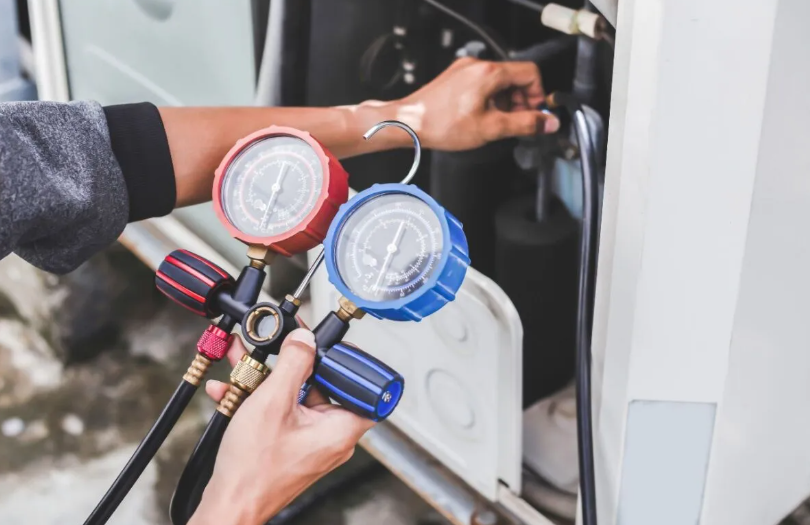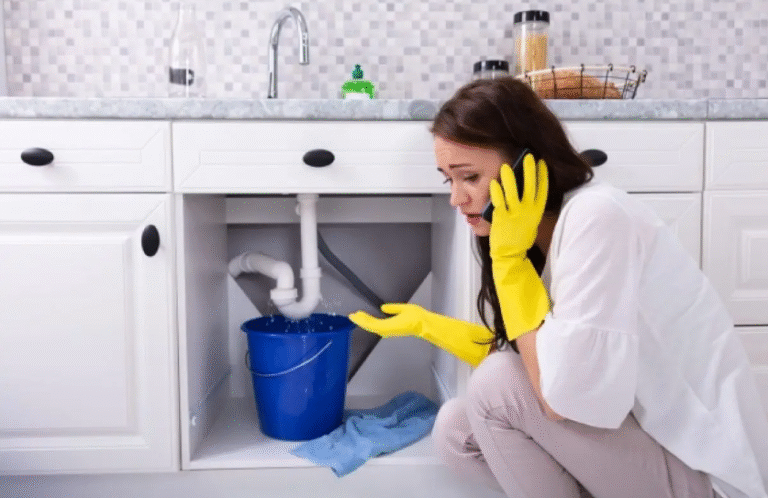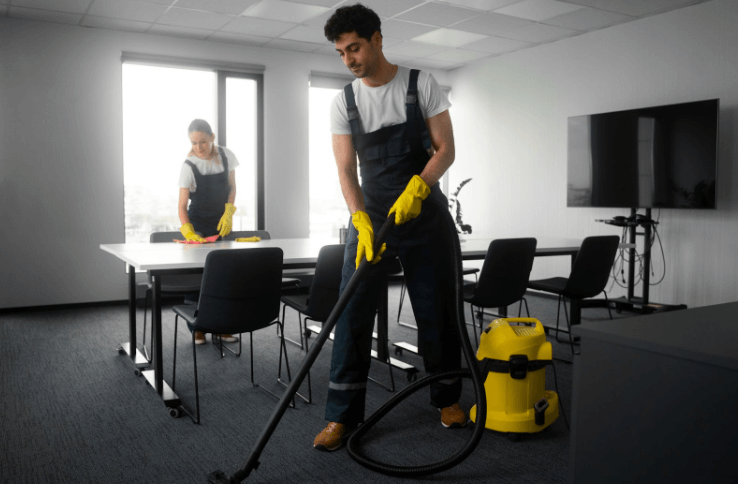What a Complete A/C Tune-Up Includes
Air conditioning systems play a crucial role in maintaining comfort during warm months. Regular maintenance ensures these systems operate efficiently and last longer. One of the most effective ways to maintain an air conditioning unit is through a comprehensive tune-up. This process involves several key steps aimed at optimizing performance and preventing future issues. Understanding what a complete A/C tune-up includes can educate homeowners about air conditioner maintenance in Dayton, helping them make informed decisions about their system’s care.
Inspection and Cleaning
A proper A/C tune-up starts with an inspection. Technicians thoroughly inspect the indoor and outdoor parts of the unit to detect problems. During the inspection, the technician looks for signs of wear, leaks, or damage. If these issues are tackled early, they will be of relatively low importance compared with bigger problems later on.
After the inspection, they begin the cleaning process. Dust and debris can get trapped in many places in the system, reducing efficiency. Cleaning includes emptying coils, blower parts, and other dust-laden areas. This ensures that the unit runs properly and utilizes energy more efficiently.
See also: SEO Tactics to Outrank Your Home Services Competitors
Filter Replacement
Having clean filters is crucial for air quality and system efficiency. Over time, dust and particles will block the filter. When a filter gets full, air flow is limited, so the unit must ramp up work, consuming more energy. During this tune-up, the technician will change or wash the filters. Believe it or not, this simple step can improve performance and save energy. Dayton AC systems tune-up, available as part of HVAC services, includes filter replacement to optimize your unit’s performance.
Refrigerant Levels Check
The cooling process requires refrigerant. You won’t get proper cooling from an A/C system low on refrigerant; the unit will simply have to work harder, which can increase energy consumption and will damage the A/C system itself. The tune-up also involves testing the levels of refrigerant and scanning for leaks. The technicians replenish or adjust the refrigerant to the recommended reading level if required. This not only increases the efficiency of cooling but also extends the lifespan of the system.
Thermostat Calibration
The thermostat is essentially the heart of an AC unit. Thermostat calibration guarantees that the equipment never goes over or under its desired temperature throughout energy consumption. The technician will also test and adjust the thermostat during the tune-up. This wire is used in systems to ensure the system responds correctly when conditions change to use energy either by consuming or creating the least.
Electrical Component Examination
An air conditioning system consists of many electrical components. The wires, connections, and circuits must be perfect so that there is no disruption. During the tune-up, the technician checks these parts for wear or damage. Preventing malfunctions and ensuring that they will serve you safely can be as simple as tightening loose connections and replacing faulty parts.
Lubrication of Moving Parts
Motors, fans, and other components with moving parts need to be properly lubricated to function optimally. An absence of lubricant would cause friction, making the components wear out more rapidly. During the tune-up, the technician will place lubricant on these parts to allow them to move freely. This prevents breakdowns and prolongs the life of the unit.
Ductwork Inspection
This ductwork circulates cold air through the house. Poor duct condition or leakage can lead to energy loss and unbalanced cooling. As part of the tune-up, the technician will also check the ductwork for leaks or blockages. By sealing leaks and repairing blockages, air is distributed better, and efficiency is improved.
Performance Testing
Once everything is done, a performance test is performed to check if everything is working properly. The technician will test the system to ensure the air it produces is cooling efficiently and evenly. The test will show if any leftover problems exist and that the tune-up has treated all areas.
Conclusion
An A/C tune-up is a series of steps intended to help ensure efficiency, peak performance, and longevity. A focus on inspection, cleaning, and needed tweaking to the unit ensures reliable cooling and lower energy costs for homeowners. Keeping on top of regular tune-ups will not only save you from unexpected breakdowns but will also keep your home a comfortable place. Not only is continual upkeep usually more beneficial in the long run, but spending the cash on fixes is normally more affordable than managing potential concerns.






